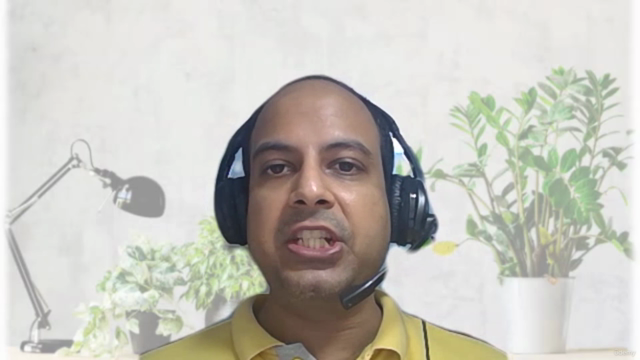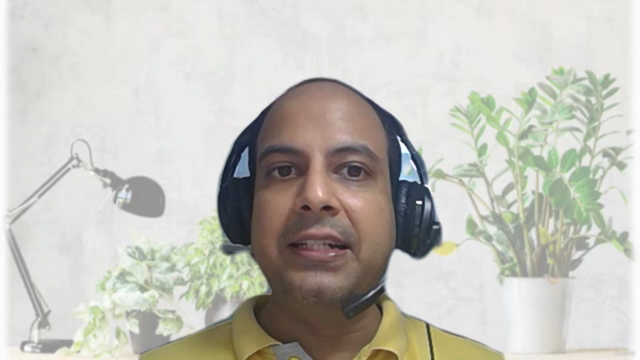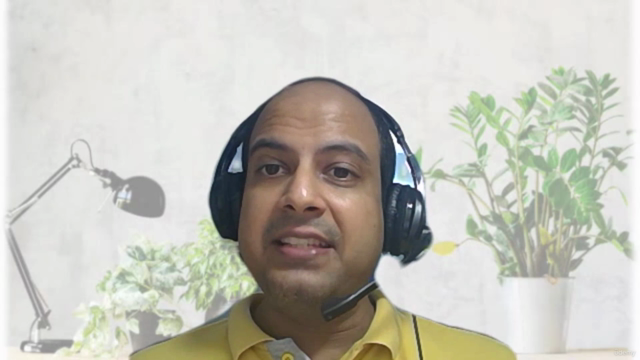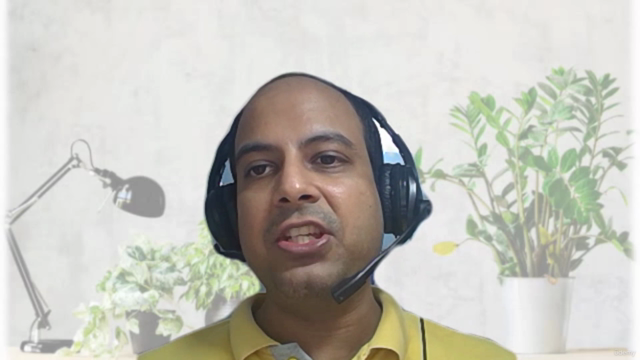Deep Learning for NLP - Part 7
Model Compression for NLP
3.80 (5 reviews)

87
students
6 hours
content
Aug 2021
last update
$39.99
regular price
What you will learn
Deep Learning for Natural Language Processing
Model Compression for NLP
Pruning
Quantization
Knowledge Distillation
Parameter sharing
Matrix decomposition
DL for NLP
Screenshots




Related Topics
4237732
udemy ID
8/12/2021
course created date
8/16/2021
course indexed date
Bot
course submited by